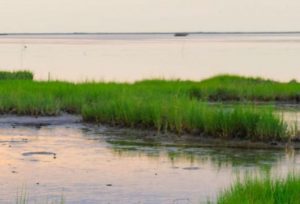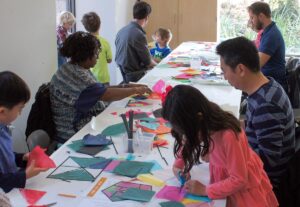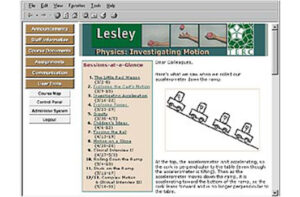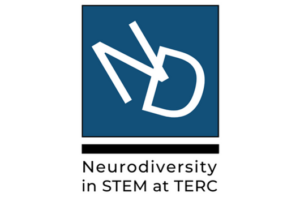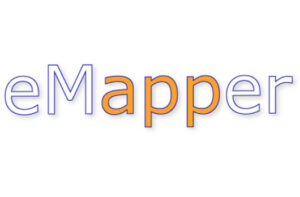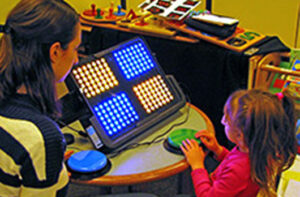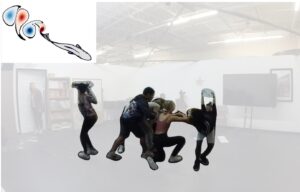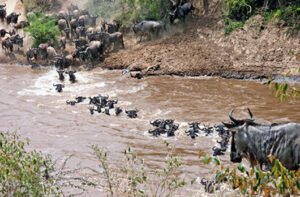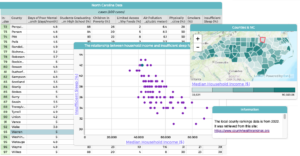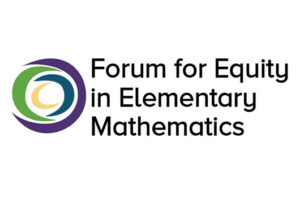Embodied Physics: STEM Learning for Under-Represented Youth
Building resources for science learning environments where Black and Latino students can develop identities as people who practice and are engaged in scientific inquiry.
Lead Staff:
Folashadé SolomonProject Staff:
Machienvee LammeyDionne N. Champion
Poornima Peiris
Christina B. Silva
Non-TERC Project StaffLarry Pratt (Co-Principal Investigator)
Tracey Wright
SummaryResearch in embodied learning investigates how the whole body, not just the brain, contributes to learning. Such research is exploring the potential impacts on learning in school settings and, in this case, in out of school environments. This exploratory project seeks to address two main issues in informal science learning:
- broadening participation in science by exploring how to expand science access to African-American and Latino youth and
- augmenting science learning in informal contexts, specifically learning physics in community-based dance sites.
There are 3 main phases of the Embodied Physics project; Each Phase built off of the one before it. Phase 1 consisted of the opportunity to partner with 2 Community Based Dance Studios in Boston. Phase 2 was a chance to develop and refine Embodied Physics Tasks with MIT and Boston Conservatory students. During Phase 3 we drew on what we learned from Phase 1 and 2 to create the Embodied Physics Learning Lab, a site for High School students from the 2 dance studios to come together to work with choreographers, physicists and educators to access physics learning by using their bodies as resources.
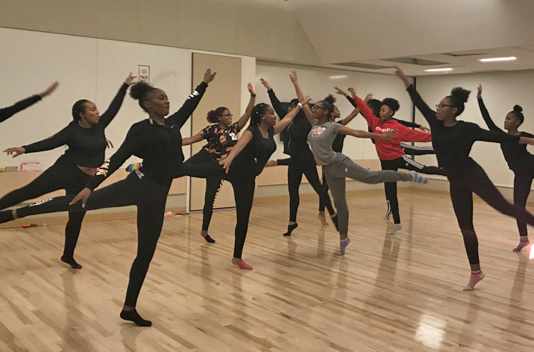
Our guiding hypothesis is that embodied learning approaches provide rich opportunities for African-American and Latino high school-aged youth to learn key ideas in physics and to strengthen confidence in their ability to become scientists.
Research ActivityA design-based research approach was used, with data being derived from surveys, interviews, observational field notes, video documentation, and physical artifacts produced by participants. The study will provide the groundwork for producing a set of potential design principles for future projects relating to informal learning contexts, art and science education with African American and Latino youth.
ImpactThe goal of this pilot feasibility study is to build resources for science learning environments in which African-American and Latino students can develop identities as people who practice and are engaged in scientific inquiry.
Related PublicationsSolomon, F., Champion, D., Steele, M and Wright, T. (2021) Embodied Physics: Utilizing dance resources for learning and engagement in STEM. Journal of the Learning Sciences, 31:1, 73-106, DOI: 10.1080/10508406.2021.2023543
Larry Pratt (Co-Principal Investigator)
Tracey Wright
Research in embodied learning investigates how the whole body, not just the brain, contributes to learning. Such research is exploring the potential impacts on learning in school settings and, in this case, in out of school environments. This exploratory project seeks to address two main issues in informal science learning:
- broadening participation in science by exploring how to expand science access to African-American and Latino youth and
- augmenting science learning in informal contexts, specifically learning physics in community-based dance sites.
There are 3 main phases of the Embodied Physics project; Each Phase built off of the one before it. Phase 1 consisted of the opportunity to partner with 2 Community Based Dance Studios in Boston. Phase 2 was a chance to develop and refine Embodied Physics Tasks with MIT and Boston Conservatory students. During Phase 3 we drew on what we learned from Phase 1 and 2 to create the Embodied Physics Learning Lab, a site for High School students from the 2 dance studios to come together to work with choreographers, physicists and educators to access physics learning by using their bodies as resources.

Our guiding hypothesis is that embodied learning approaches provide rich opportunities for African-American and Latino high school-aged youth to learn key ideas in physics and to strengthen confidence in their ability to become scientists.
Research ActivityA design-based research approach was used, with data being derived from surveys, interviews, observational field notes, video documentation, and physical artifacts produced by participants. The study will provide the groundwork for producing a set of potential design principles for future projects relating to informal learning contexts, art and science education with African American and Latino youth.
ImpactThe goal of this pilot feasibility study is to build resources for science learning environments in which African-American and Latino students can develop identities as people who practice and are engaged in scientific inquiry.
Related PublicationsSolomon, F., Champion, D., Steele, M and Wright, T. (2021) Embodied Physics: Utilizing dance resources for learning and engagement in STEM. Journal of the Learning Sciences, 31:1, 73-106, DOI: 10.1080/10508406.2021.2023543
A design-based research approach was used, with data being derived from surveys, interviews, observational field notes, video documentation, and physical artifacts produced by participants. The study will provide the groundwork for producing a set of potential design principles for future projects relating to informal learning contexts, art and science education with African American and Latino youth.
The goal of this pilot feasibility study is to build resources for science learning environments in which African-American and Latino students can develop identities as people who practice and are engaged in scientific inquiry.
Related PublicationsSolomon, F., Champion, D., Steele, M and Wright, T. (2021) Embodied Physics: Utilizing dance resources for learning and engagement in STEM. Journal of the Learning Sciences, 31:1, 73-106, DOI: 10.1080/10508406.2021.2023543
Solomon, F., Champion, D., Steele, M and Wright, T. (2021) Embodied Physics: Utilizing dance resources for learning and engagement in STEM. Journal of the Learning Sciences, 31:1, 73-106, DOI: 10.1080/10508406.2021.2023543
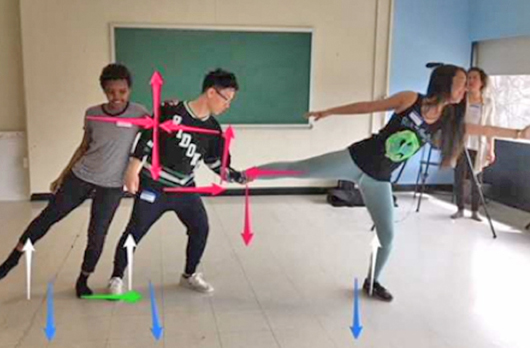
Funder:
National Science Foundation
Award Number:
1713393
Woods Hole Oceanographic Institution
Dates:9/2017 – Present
Share This Page:
